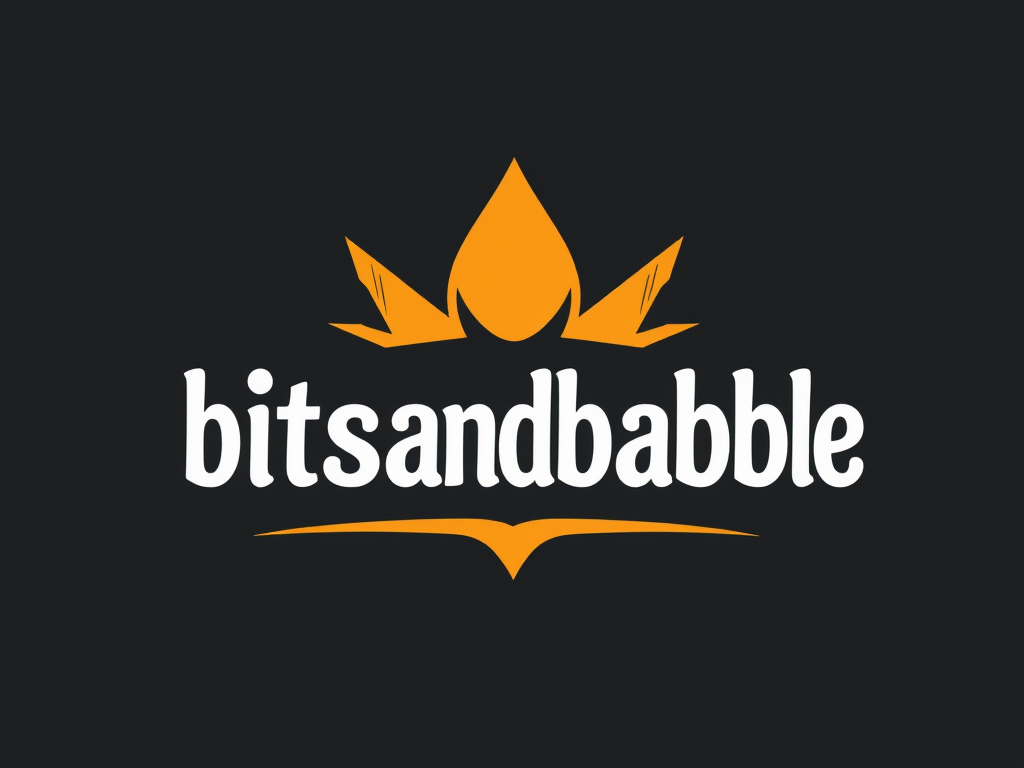Modern businesses struggle to unlock their AI’s full potential when working with premium data sources. According to McKinsey’s 2024 AI report, 73% of organizations face significant barriers when integrating artificial intelligence with their private datasets. How can you bridge this technical gap without compromising security or breaking your budget? Solutions like Kirha are transforming how companies approach AI-data connectivity, making complex integrations surprisingly straightforward.
Why Premium Data Sources Matter for AI Performance
The foundation of any successful AI system lies in the quality of its training data. While publicly available datasets offer accessibility, they often come with significant limitations that can compromise your AI’s effectiveness. Premium data sources provide the depth, accuracy, and currency that modern AI applications demand.
This might interest you : Webflow agency: your partner for custom website success
Public datasets typically suffer from inconsistencies, outdated information, and limited scope. These datasets are freely accessible to everyone, meaning your competitors are working with the same foundational information. Premium data sources, on the other hand, offer proprietary insights, real-time updates, and specialized industry knowledge that can differentiate your AI solutions in the marketplace.
The impact on performance is measurable. AI models trained on high-quality premium data demonstrate superior accuracy rates, reduced bias, and better generalization capabilities. They can handle edge cases more effectively and provide more reliable predictions in complex scenarios where public data falls short.
Topic to read : What role does cybersecurity education play in UK schools?
Beyond performance metrics, premium data sources offer competitive advantages that extend far beyond raw accuracy. Access to exclusive datasets means your AI can identify patterns and opportunities that remain invisible to systems relying solely on public information, creating genuine market differentiation.
Essential Requirements for Secure AI-Data Integration
Connecting AI systems to private data sources requires a robust technical foundation to ensure security, compatibility, and seamless performance. Organizations must address multiple layers of protection while maintaining the accessibility that makes AI tools effective.
The core requirements span across authentication protocols, data encryption standards, and API compatibility frameworks. Each component plays a critical role in creating a secure bridge between your AI applications and sensitive data repositories.
- Multi-factor authentication with role-based access controls to verify user identity and limit data exposure based on organizational hierarchy
- End-to-end encryption using AES-256 standards for data in transit and at rest, ensuring information remains protected throughout the integration process
- RESTful API compatibility with OAuth 2.0 and JWT token management for secure, standardized communication between AI platforms and data sources
- Network security protocols including VPN tunneling, firewall configurations, and IP whitelisting to create secure connection channels
- Data governance frameworks with audit trails, compliance monitoring, and automated backup systems to maintain regulatory standards
- Real-time monitoring systems for threat detection, anomaly identification, and immediate response to potential security breaches
These technical requirements create the foundation for reliable AI-data integration while maintaining the security standards your organization demands.
Overcoming Common Integration Barriers
Despite the clear benefits of AI-data integration, many organizations hesitate due to perceived obstacles. The most common concerns revolve around technical complexity, budget constraints, and implementation timelines that seem overwhelming at first glance.
Technical complexity often tops the list of integration barriers. Teams worry about API compatibility, data format mismatches, and the specialized knowledge required to connect disparate systems. However, modern integration platforms have evolved to simplify these processes significantly. Many now offer pre-built connectors and intuitive interfaces that eliminate the need for extensive coding expertise.
Cost considerations frequently create hesitation, particularly when evaluating premium data services. While initial investment may seem substantial, organizations consistently find that quality data access reduces long-term operational costs. The efficiency gains from reliable, well-structured data often offset integration expenses within the first year of implementation.
Time constraints represent another significant barrier. Decision-makers assume integration projects will disrupt normal operations for months. In reality, phased implementation approaches allow teams to maintain productivity while gradually expanding their AI capabilities. Starting with pilot projects provides valuable experience without overwhelming existing workflows.
Choosing the Right Premium Data Providers
Selecting the right premium data provider represents a critical decision that can make or break your AI integration project. The landscape of data providers varies dramatically in terms of quality standards, coverage scope, and technical capabilities, making thorough evaluation essential.
When evaluating potential providers, data accuracy and freshness should top your priority list. Premium providers typically offer real-time or near-real-time updates, comprehensive documentation, and standardized formats that streamline integration processes. Look for providers with proven track records in your specific industry, as domain expertise translates directly into higher data relevance and quality.
Pricing models range from subscription-based access to pay-per-query structures, with some providers offering hybrid approaches. While cost considerations matter, focus primarily on value per insight rather than raw price points. The most expensive option isn’t always the best, but extremely cheap data often comes with hidden costs in terms of quality issues or limited support.
Technical support and documentation quality separate premium providers from basic alternatives. Robust API documentation, responsive technical teams, and comprehensive onboarding processes ensure smooth implementation and ongoing success of your AI data integration initiatives.
Best Practices for Seamless Implementation
Successful AI-data integration begins with thorough planning and a clear understanding of your data requirements. Start by mapping out your existing data infrastructure and identifying the specific datasets your AI models need to access. This preliminary assessment helps prevent costly missteps and ensures compatibility from day one.
The implementation process requires a methodical approach that prioritizes security and performance. Begin with small-scale pilot tests using non-critical data to validate your connection protocols and authentication mechanisms. These controlled experiments allow you to identify potential bottlenecks and optimize data flow patterns before scaling to production environments.
Continuous monitoring forms the backbone of any robust integration strategy. Establish automated alerts for connection failures, data quality issues, and performance degradation. Regular health checks ensure your AI systems maintain consistent access to premium data sources while identifying opportunities for optimization.
Maintenance shouldn’t be an afterthought. Schedule regular reviews of your API connections, update security credentials proactively, and monitor usage patterns to anticipate scaling needs. This proactive approach minimizes downtime and ensures your AI applications continue delivering reliable performance as your data requirements evolve.










